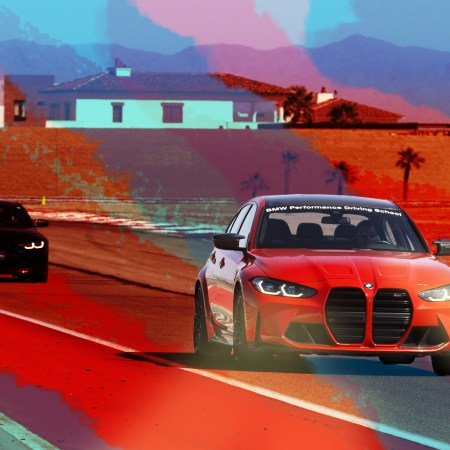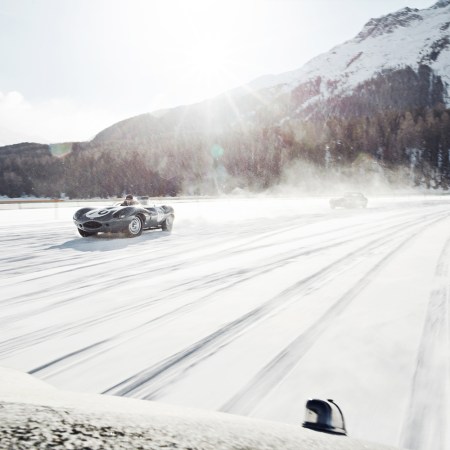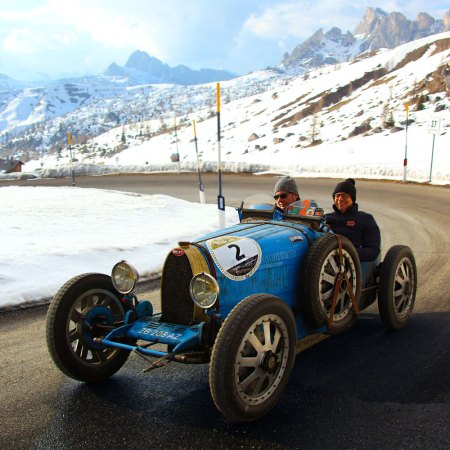
Go back far enough in the history of auto racing and you’re likely to find yourself on a beach. One of the reasons Daytona found itself on the automotive racing circuit was its beachfront status — and drivers in both pre-NASCAR and NASCAR races up until 1950 competed on a course that took them along the beach. Atlantic Beach in Jacksonville was also home to auto racing in the first half of the 20th century, aspects of which have been preserved in a local museum.
If you think that beach racing has vanished into the sands of history, however, you’re very much mistaken.
For the last ten years, a group of vintage car and motorcycle enthusiasts have held The Race of Gentlemen in a series of beach racing events in New Jersey. (This year’s iteration, scheduled to take place in Wildwood, was canceled — probably due to concerns over inclement weather.) The organization also holds some events off the beach — including drag races in California, one of which took place in early December. Wherever the races are held, however, there are strict regulations as to what vehicles can and can’t enter. Competitors seeking to take part in December’s drag races, for instance, must compete in an American-made car dating to 1934 or before.
As you might guess, the vehicles and drivers taking part in each year’s Race of Gentlemen are a stylish lot — with an abundance of both meticulously restored cars and meticulously groomed facial hair. (Imagine the rebellious child of the Goodwood Festival of Speed and Mad Max: Fury Road and you’ll have a sense of the overall aesthetic.) A new book titled The Race of Gentlemen, from publisher Assouline, offers an up-close look at the competition’s cars and drivers — along with insights into its past, present and future from the race’s founder, Mel Stultz.
The Race of Gentlemen is a singular competition among auto races. The photography documented in this book offers a compelling argument as to why.












Thanks for reading InsideHook.
Sign up for our daily newsletter to get more stories just like this.



